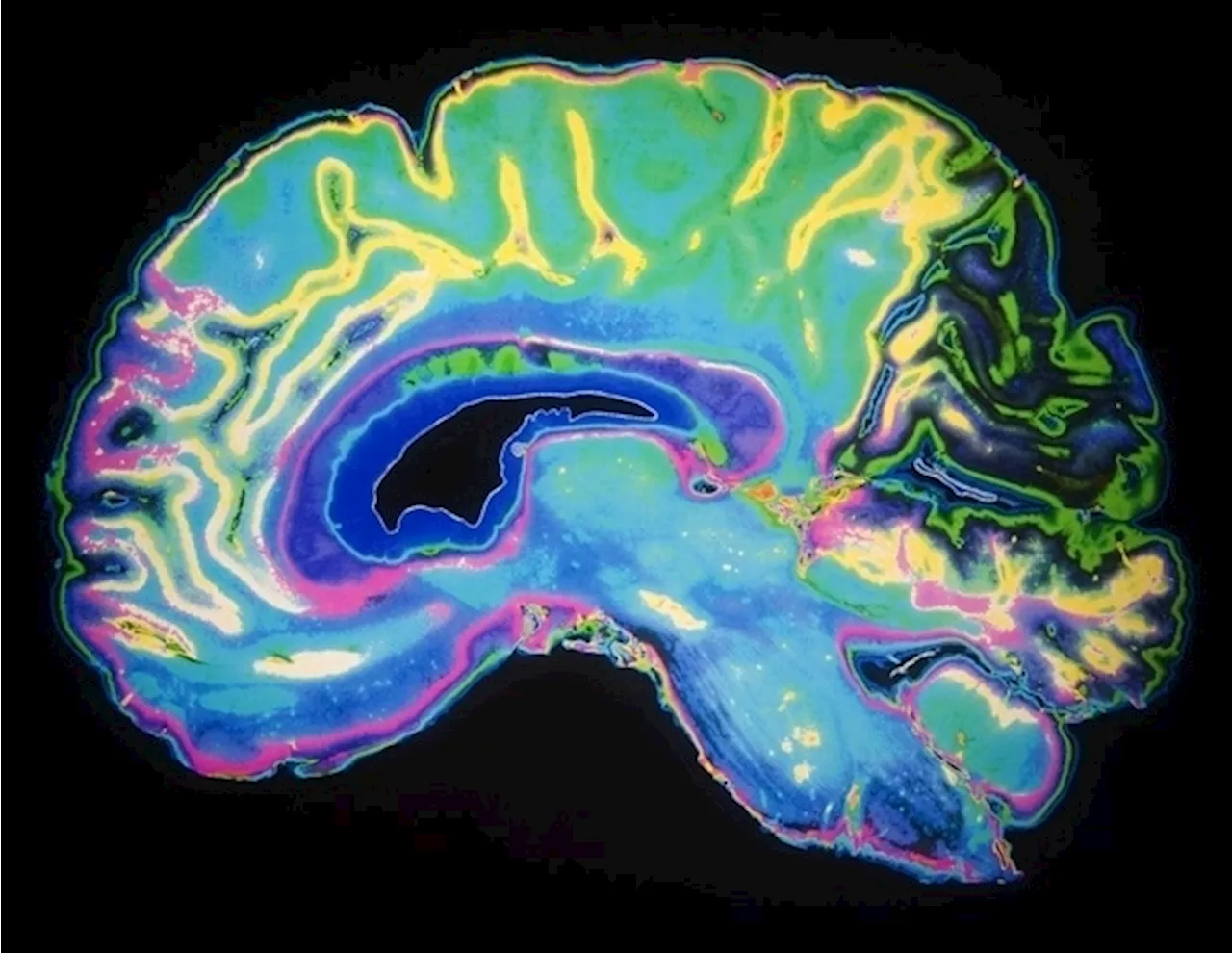Researchers reveal that local neural populations in the brain's bilateral laryngeal motor cortex are key in controlling the pitch dynamics in Mandarin lexical tones, overturning the idea of single-tone category encoding.
By Dr. Sushama R. Chaphalkar, PhD.Nov 2 2023Reviewed by Susha Cheriyedath, M.Sc. In a recent study published in the journal Nature Communications, using intracranial recordings, researchers investigated the neural basis of lexical tone production in native Mandarin speakers.
Background To distinguish between words in a tonal language, a speaker needs to modulate the voice pitch to form specific trajectories called "lexical tones." Precise control of the larynx is essential to produce and modulate the voice pitch via three functions: voicing, rising, and lowering.
About the study The study included eight participants undergoing awake language mapping as a part of their brain tumor surgery. While the participants spoke Mandarin syllables in four different tones, the neural activity was recorded using high-density electrode grids placed in the sensorimotor cortex . The experimental tasks included tone production as well as sentence production, where 20 phonetically balanced Mandarin sentences were read out by the participants from a screen prompt.
Results and discussion As per the study, neural coding of dynamic vocal pitch control is brought about by distributed neural populations in the ventral as well as dorsal LMC. During the analysis, no evidence of electrode sites tuned to an individual tone category was found. Instead, a distributed type of neural coding in bilateral LMC was shown to underlie the cortical control of lexical tone generation.
日本 最新ニュース, 日本 見出し
Similar News:他のニュース ソースから収集した、これに似たニュース記事を読むこともできます。
 Researchers develop new method for mapping how the parts of the brain 'speak' to each otherA research team led by Cleveland Clinic and Oregon Health and Science University (OHSU) has developed a new method for mapping how the parts of the brain 'speak' to each other, critical to understanding behavior changes in patients with neurological disease.
Researchers develop new method for mapping how the parts of the brain 'speak' to each otherA research team led by Cleveland Clinic and Oregon Health and Science University (OHSU) has developed a new method for mapping how the parts of the brain 'speak' to each other, critical to understanding behavior changes in patients with neurological disease.
続きを読む »
 Researchers detail mechanism of a key protein implicated in age-related brain dysfunctionMount Sinai researchers have shed valuable light on the mechanism of a key protein that regulates the plasticity and function of the hippocampus, a key brain region involved in memory and learning, and that decreases with age in mice.
Researchers detail mechanism of a key protein implicated in age-related brain dysfunctionMount Sinai researchers have shed valuable light on the mechanism of a key protein that regulates the plasticity and function of the hippocampus, a key brain region involved in memory and learning, and that decreases with age in mice.
続きを読む »
 Researchers find languages can acquire new color concepts after exposure to other languagesThe human eye can perceive about 1 million colors, but languages have far fewer words to describe those colors. So-called basic color terms, single color words used frequently by speakers of a given language, are often employed to gauge how languages differ in their handling of color.
Researchers find languages can acquire new color concepts after exposure to other languagesThe human eye can perceive about 1 million colors, but languages have far fewer words to describe those colors. So-called basic color terms, single color words used frequently by speakers of a given language, are often employed to gauge how languages differ in their handling of color.
続きを読む »
 Covid pandemic linked to rapid brain health decline in over 50s, new study findsRecent research found a link between the coronavirus pandemic and sustained cognitive decline, impacting those over the age of 50 more rapidly.
Covid pandemic linked to rapid brain health decline in over 50s, new study findsRecent research found a link between the coronavirus pandemic and sustained cognitive decline, impacting those over the age of 50 more rapidly.
続きを読む »
 Researchers uncover new targets for breast cancers resistant to standard therapiesResearchers at MUSC Hollings Cancer Center believe that some drugs already approved by the FDA or currently in clinical trials could be repurposed for certain breast cancer patients whose cancer has become resistant to standard therapies.
Researchers uncover new targets for breast cancers resistant to standard therapiesResearchers at MUSC Hollings Cancer Center believe that some drugs already approved by the FDA or currently in clinical trials could be repurposed for certain breast cancer patients whose cancer has become resistant to standard therapies.
続きを読む »
 New study uncovers the underlying complexity of brain synapsesA new study published in Cell is reshaping our understanding of the fundamental building blocks of the brain, the proteins that are present at synapses. Titled 'The proteomic landscape of synaptic diversity across brain regions and cell types,' the research delves deep into the intricate world of synapses, the vital connections between neurons.
New study uncovers the underlying complexity of brain synapsesA new study published in Cell is reshaping our understanding of the fundamental building blocks of the brain, the proteins that are present at synapses. Titled 'The proteomic landscape of synaptic diversity across brain regions and cell types,' the research delves deep into the intricate world of synapses, the vital connections between neurons.
続きを読む »
